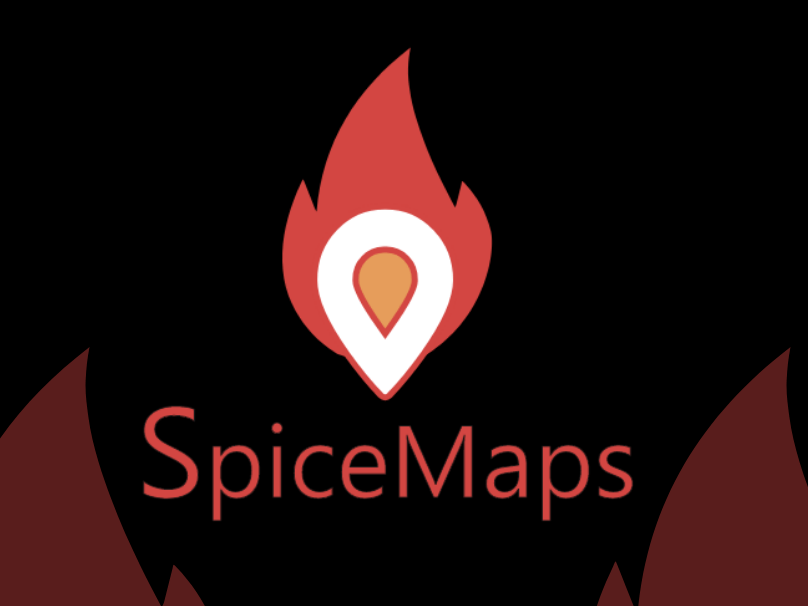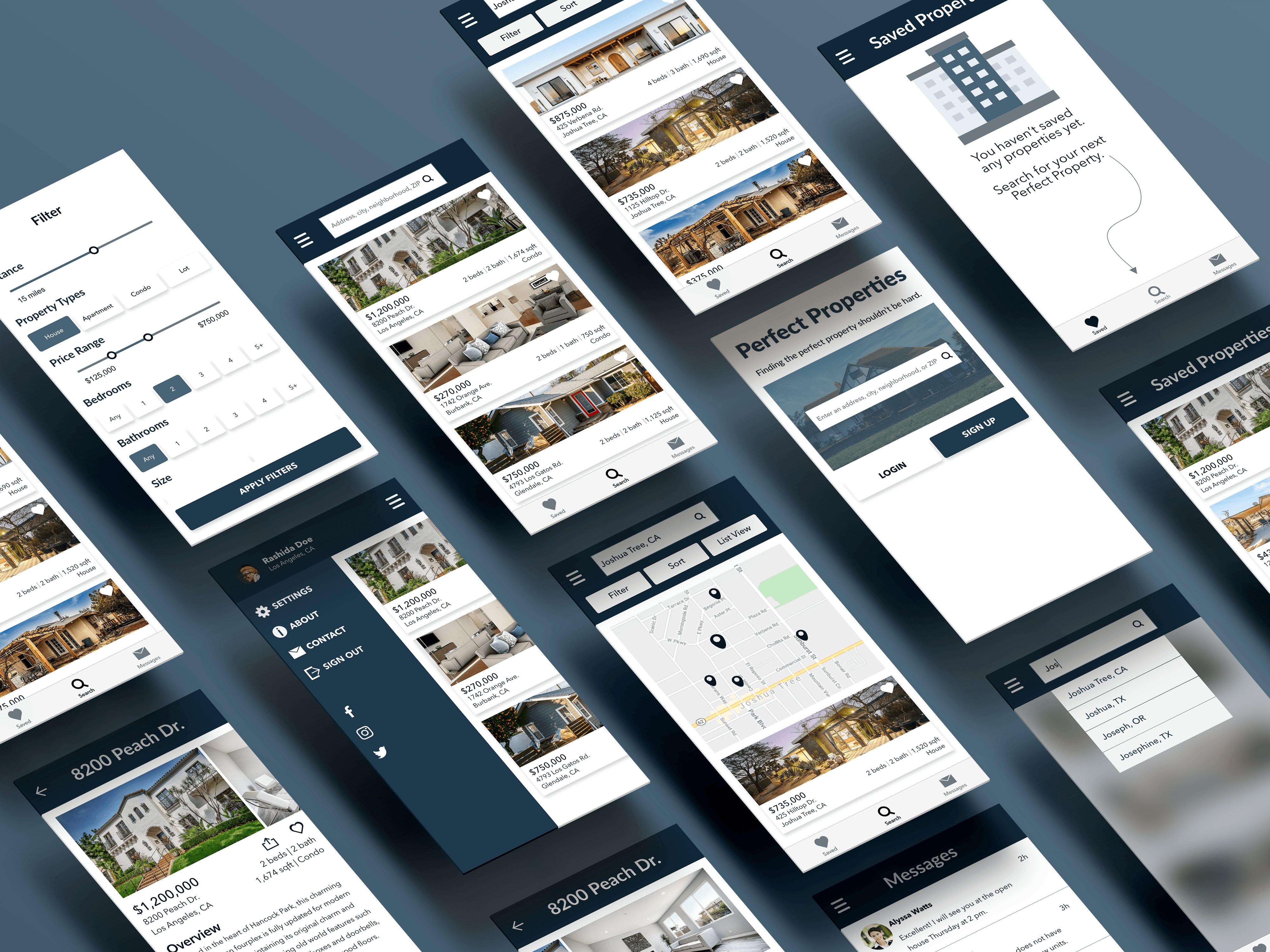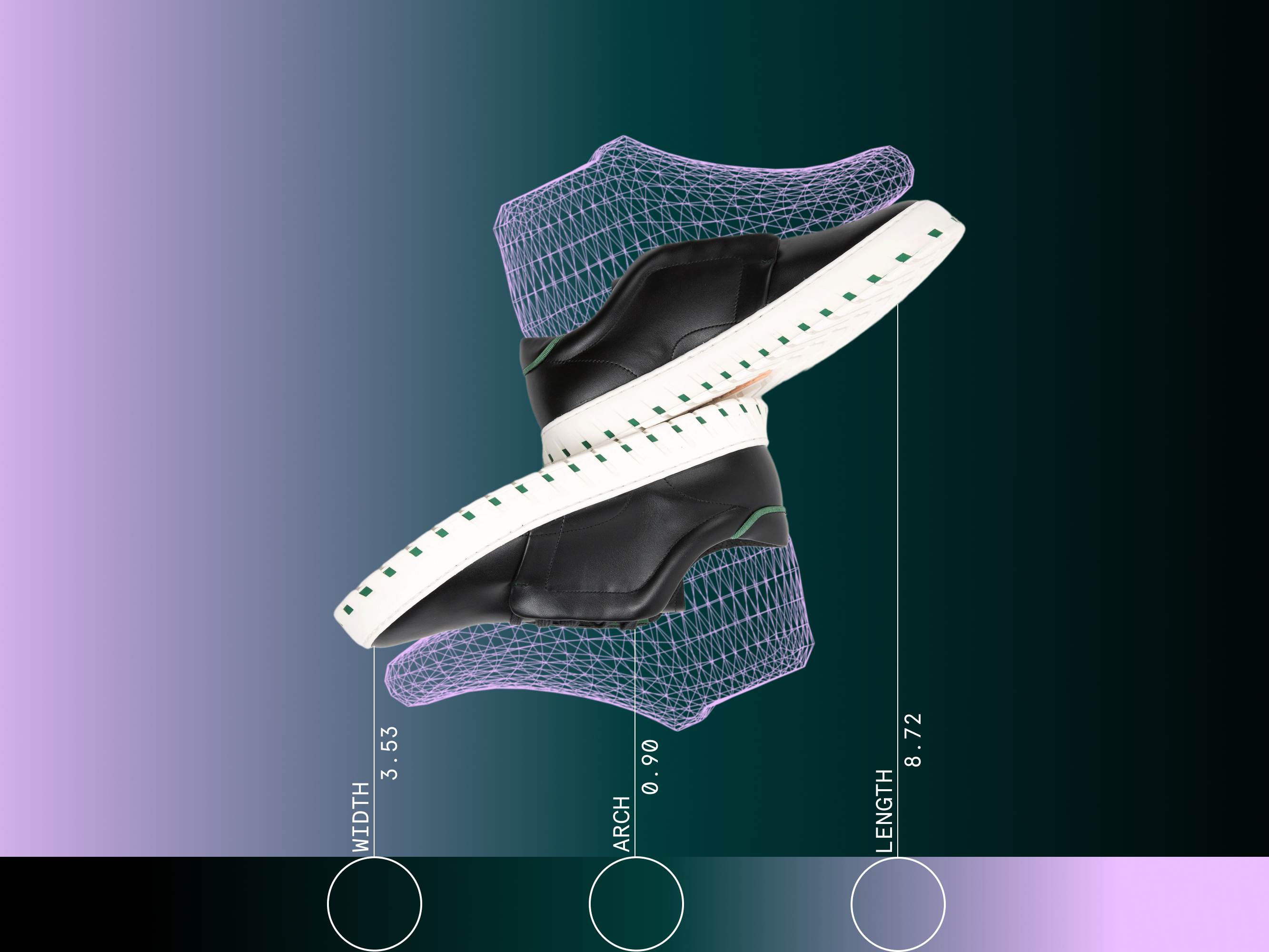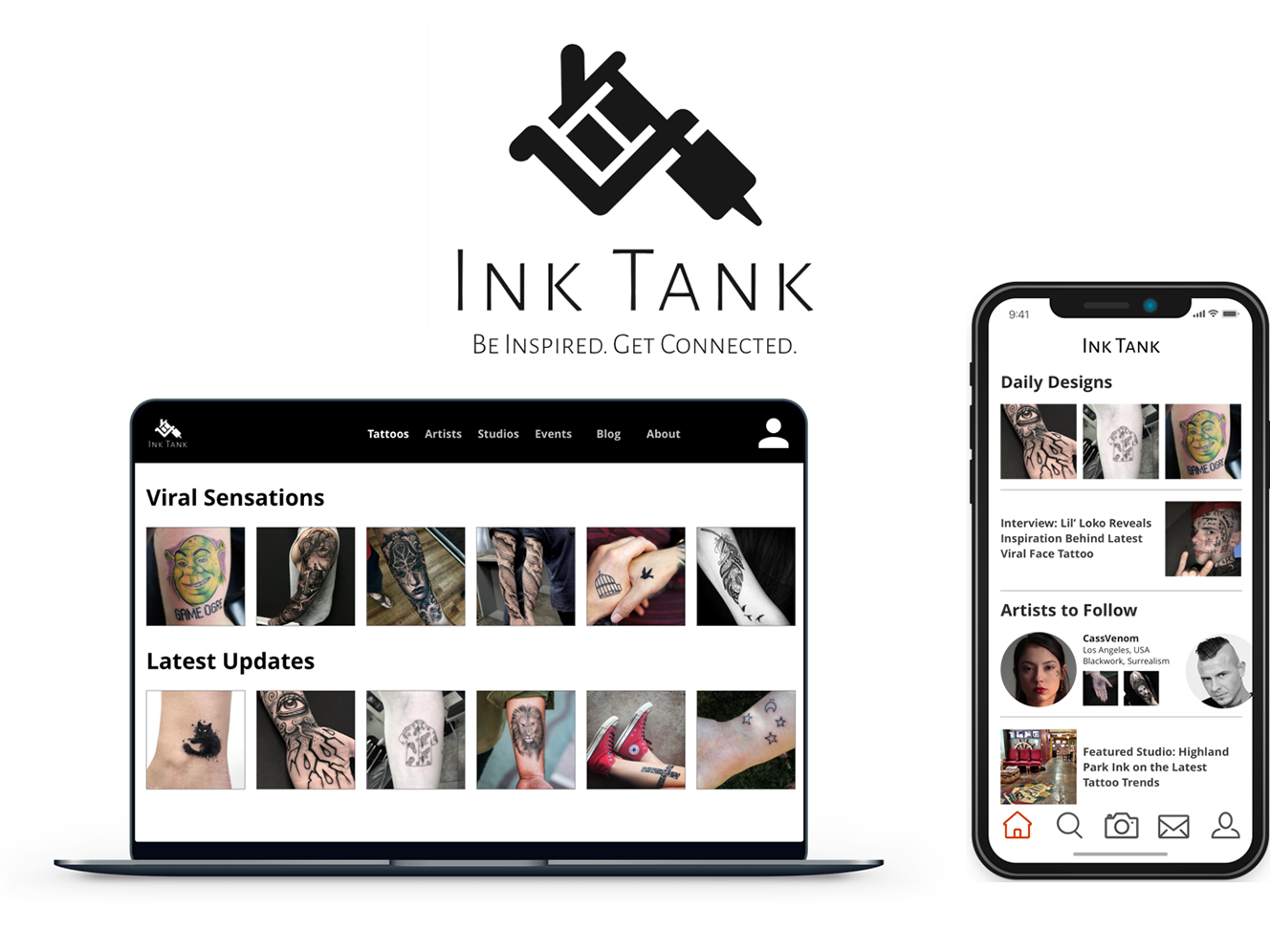Overview
Role: UX & User Research Lead
Role: UX & User Research Lead
Company IAMBIC creates AI-tailored, made-to-fit shoes—making footwear size-inclusive. A TIME Best Invention of 2023.
Objective: Design and refine a mobile web app that guides customers to accurately provide their measurements and preferences for custom-fitted MODEL T shoes, guaranteeing precision while maintaining ease of use.
Tools: Figma, Adobe Photoshop, Adobe Premiere Pro, Google suite, Zoom, Klaviyo, Mailchimp, Airtable, CapCut, pen and paper
Tools: Figma, Adobe Photoshop, Adobe Premiere Pro, Google suite, Zoom, Klaviyo, Mailchimp, Airtable, CapCut, pen and paper
About the Project
IAMBIC is a direct-to-consumer footwear brand that creates custom-fitted shoes by blending AI technology with artisan craftsmanship. Unlike traditional brands relying on standardized sizing, IAMBIC crafts each pair based on individual measurements through a Virtual Consultation via mobile web app.
As Head of Client Experience, I led the design of the IAMBIC Client Portal—transitioning from a research-focused tool to a consumer-facing portal that drives the custom shoe creation process. Working closely with leadership, developers, and branding experts, I aligned the portal's design with IAMBIC's customer experience strategy, ensuring an on-brand, unified user experience.
The Problem
Creating custom-fitted shoes required gathering precise, high-quality data through an entirely unfamiliar process with no direct comparison. The challenge was designing an experience that made this new measurement method feel approachable and intuitive, while reflecting IAMBIC's branding and commitment to quality craftsmanship.
Design Process
Using agile methodology, I took a hands-on approach with frequent usability testing and feedback loops. This enabled continuous refinement of key customer journey touchpoints, driving ongoing improvements to functionality and user experience in a fast-moving startup environment.
Learning from Research App
Insights from the Research App revealed the need for a more refined, consumer-friendly interface that maintained data capture precision while feeling effortless. The core challenge remained: guiding users through a scanning process unlike anything they'd encountered before, requiring clear, well-timed guidance without existing mental models to rely on.
Flow and Journey Mapping
I developed and maintained flow charts and journey maps highlighting key touchpoints, potential pain points, and friction areas throughout the process. These visualizations provided stakeholders with clear understanding of the user experience and alignment on strategic decisions as the app evolved.
Solution Evolution
From Text to Video InstructionsEarly Solutions: Initial iterations used diagrams and animations to demonstrate foot positioning and scanning angles. Usability testing insights identified friction points and informed video tutorial development.
Video Refinement: Applying the journalistic principle of "show, don't tell," I scripted tutorials and outlined camera angles to capture ideal setups and common pitfalls visually. Videos demonstrated:
Video Refinement: Applying the journalistic principle of "show, don't tell," I scripted tutorials and outlined camera angles to capture ideal setups and common pitfalls visually. Videos demonstrated:
• Optimal environment: well-lit room, flat hard floor, four sheets of blank printer paper
• What to avoid: dim/harsh lighting, carpeted surfaces, heavy shadows
• Proper foot positioning and scan angles step by step
• What to avoid: dim/harsh lighting, carpeted surfaces, heavy shadows
• Proper foot positioning and scan angles step by step
This approach significantly reduced errors from heel misalignment, insufficient lighting, and inappropriate surfaces, substantially improving scan quality and user success.
Enhanced Functionality: Based on user feedback, I added replay options for specific segments and skip functionality for returning users, reducing redundancy while maintaining accuracy and user control.
Virtual Consultation Optimization
Splitting the Process: I optimized the Virtual Consultation into two distinct steps to reduce cognitive load and improve first-attempt success rates:
• Fit Profile: Detailed questionnaire gathering comfort preferences, foot characteristics, and tailoring factors
• Scan: Focused guidance for capturing three precise images of each foot from specific angles
• Scan: Focused guidance for capturing three precise images of each foot from specific angles
Virtual Consultation Guide: Post-purchase communications and backend usage data revealed users needed more preparation guidance. I redesigned the flow with a dedicated preparation guide including:
• Next-step orientation setting clear expectations
• Comprehensive setup videos outlining ideal scanning conditions
• Streamlined access to the Client Portal after preparation
• Comprehensive setup videos outlining ideal scanning conditions
• Streamlined access to the Client Portal after preparation
Flexible Features: I introduced Rescan and Profile Edit functionality, empowering users to maintain current information and retry scans without starting over, providing greater control over the process.
Results
Performance Improvements:
• 25% increase in end-to-end conversion rates (successfully completing Virtual Consultation on first attempt)—exceeding the 10% target.• Improved data accuracy through clearer instructions, resulting in better custom-fit outcomes.
• 13% higher scan experience satisfaction with users highlighting the ease and clarity of updated scanning onboarding.
Future Considerations
Enhanced Guidance: Explore multilingual audio instructions, progressive disclosure, or interactive guides to further support user confidence.
Dynamic Features: Expand instructional videos with real-time feedback and in-app overlays for instant guidance during scanning.
Personalization: Conduct longitudinal research to understand how different user segments interact with the process over time, identifying opportunities for personalized experiences while maintaining efficiency.
Professional Development
National Science Foundation’s (NSF) Innovation Corps (I-Corps) Virtual Lean Bootcamp Graduate
I participated in this hypothesis-driven program to validate IAMBIC’s product-market fit and refine its value proposition. I conducted multiple rounds of customer discovery interviews and collaborated with the CEO to refine our research-backed customer personas and insights, informing the company’s strategic direction.
I participated in this hypothesis-driven program to validate IAMBIC’s product-market fit and refine its value proposition. I conducted multiple rounds of customer discovery interviews and collaborated with the CEO to refine our research-backed customer personas and insights, informing the company’s strategic direction.



